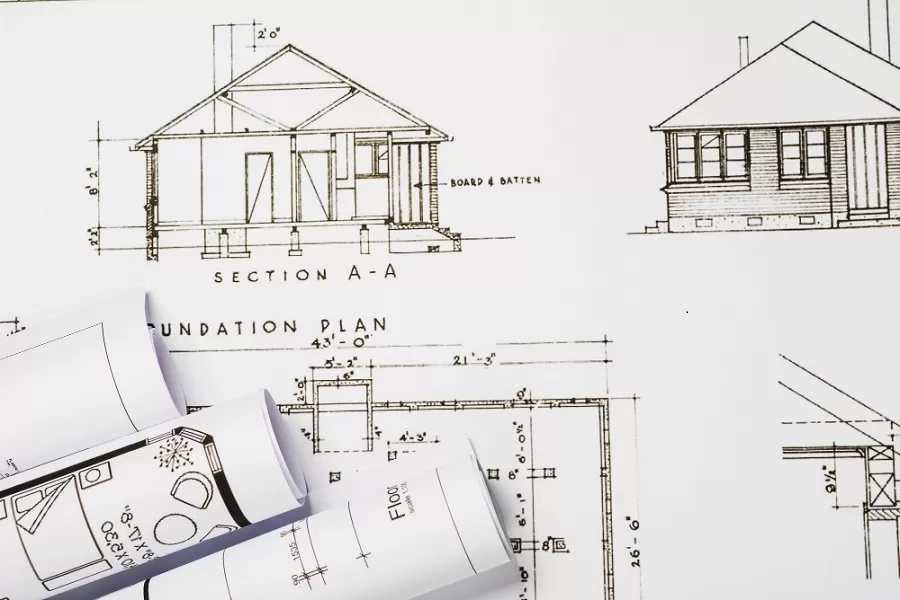When it comes to fabrication, even the smallest mistake while creating shop drawings can cause big problems — from costly rework to project delays. A detailed checklist can help you catch shop drawing errors early and keep production running smoothly.
Here’s a quick checklist to make sure everything is covered before you send it to the shop floor.
1. Material Details
- Are the correct material types and grades listed?
- Are all material finishes (like anodizing, painting, coating) specified?
- Are “no finish” areas clearly marked?
2. Dimensions and Tolerances
- Are all critical dimensions shown?
- Are tolerances clearly indicated where necessary?
- Have you included notes on fits (e.g., press fit, sliding fit)?
3. Assembly and Welding Instructions
- Are weld types, sizes, and locations clearly noted?
- Are assembly instructions or sequences provided if needed?
- Is it clear what is shop-assembled versus field-assembled?
4. Fasteners and Hardware
- Are all fasteners (screws, bolts, nuts) correctly specified with size, type, and grade?
- Are torque requirements or special installation instructions included?
- Are threaded inserts, rivets, or special fasteners properly indicated?
5. Manufacturing Constraints
- Are bending radii, hole sizes, and thicknesses within machine capabilities?
- Are heavy or oversized parts flagged for special handling?
- Are part splits or joints included if the part exceeds material or equipment limits?
6. Surface Preparation and Finishes
- Are surface treatments like powder coating, galvanizing, or polishing detailed?
- Are notes for masking areas (no coating zones) clearly visible?
- Are pre-treatment processes (like sandblasting) mentioned if needed?
7. Interfaces and Fitment
- Are connection points with other parts/products clearly shown?
- Are allowances made for thermal expansion or movement if applicable?
- Are mating surfaces properly dimensioned and toleranced?
8. Bills of Material (BoM) and Quantities
- Does the bill of materials match the shop drawing dimensions?
9. Quality Control Requirements
- Are inspection points identified?
- Are critical dimensions or features called out for QA/QC checks?
- Are certifications (like material certs or test reports) mentioned where needed?
10. Drawing Clarity and Organization
- Are the views (top, side, sectional) easy to understand?
- Are part numbers, revisions, and drawing numbers clearly indicated?
- Are general notes and special instructions easy to find?
By following this checklist, you can catch common mistakes early and set your project up for success. If you need expert support in preparing fabrication-ready shop drawings, the team at Enginerio is here to help. Partner with us to bring your designs to life with precision and confidence.





